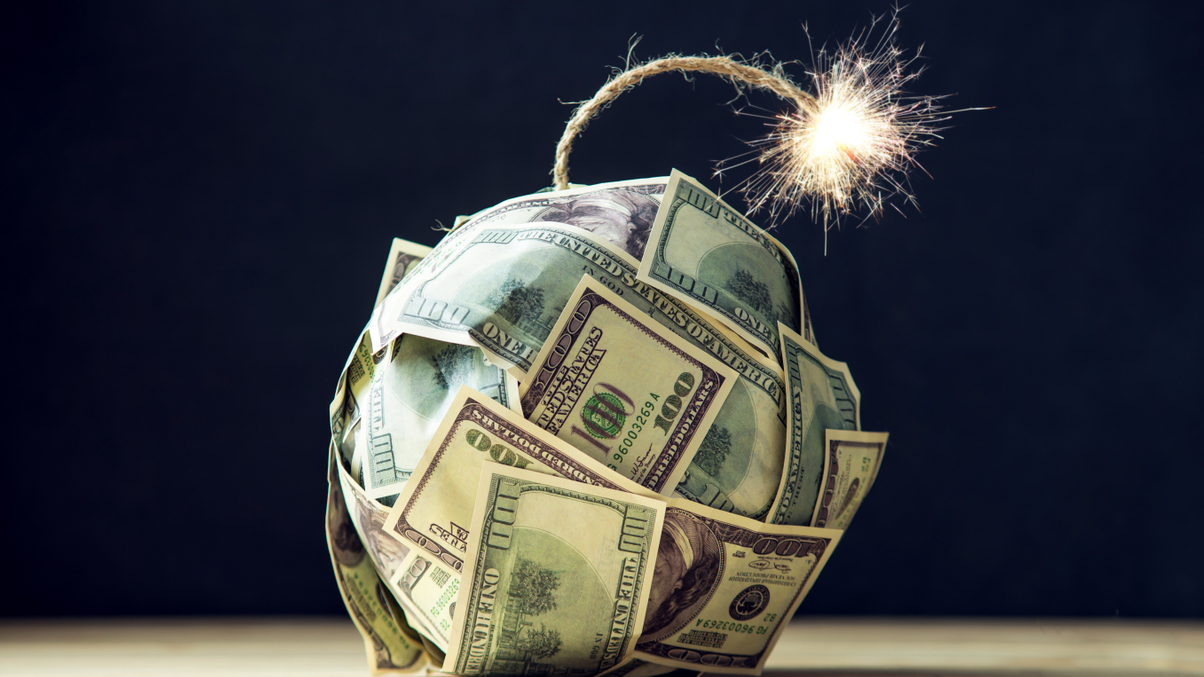Year of the Pig outlook: Is US growth running out of time?
AsianInvestor offers our set of Year of the Pig financial and economic predictions. We begin by assessing whether the US economy will plunge into a recession.

At the beginning of every Chinese New Year, AsianInvestor makes 10 predictions about economic, political and financial developments that are likely to have an impact on the way institutional investors assign their money.
Sign in to read on!
Registered users get 2 free articles in 30 days.
Subscribers have full unlimited access to AsianInvestor
Not signed up? New users get 2 free articles per month, plus a 7-day unlimited free trial.
¬ Haymarket Media Limited. All rights reserved.


